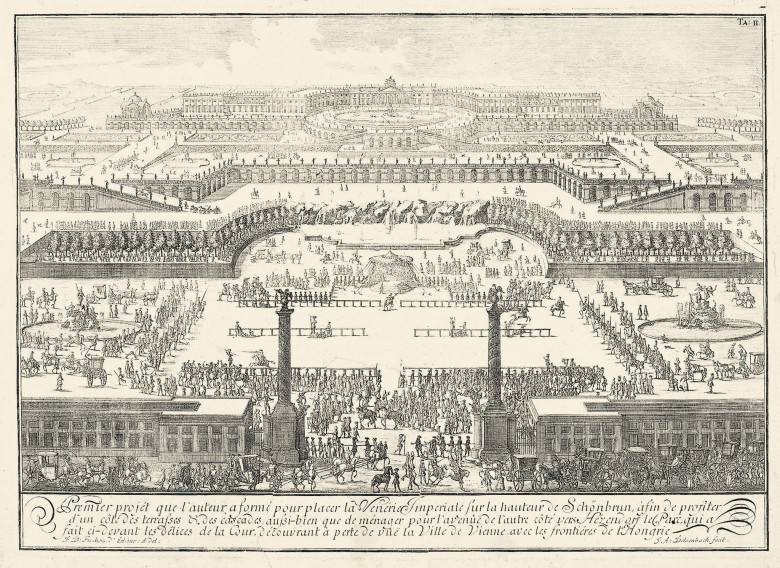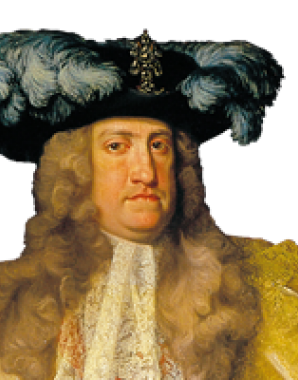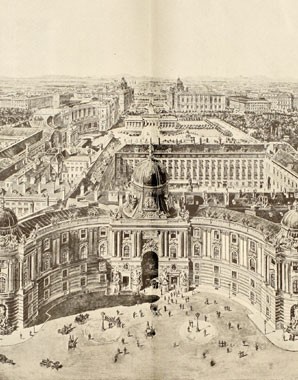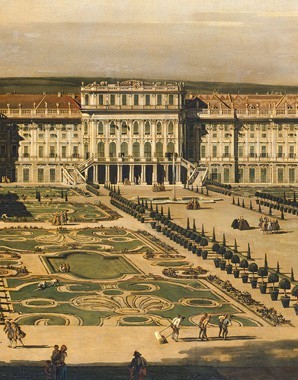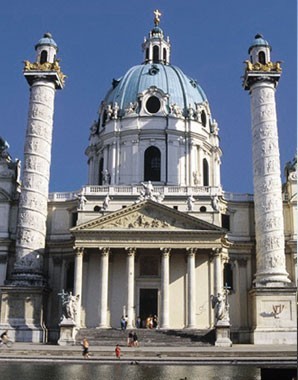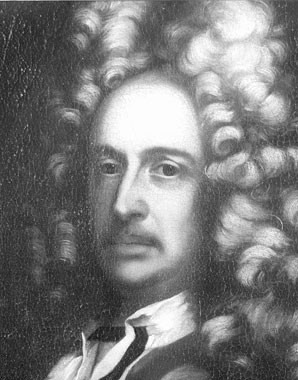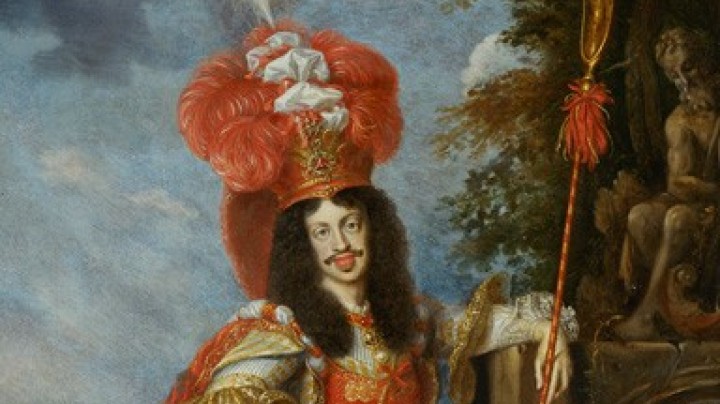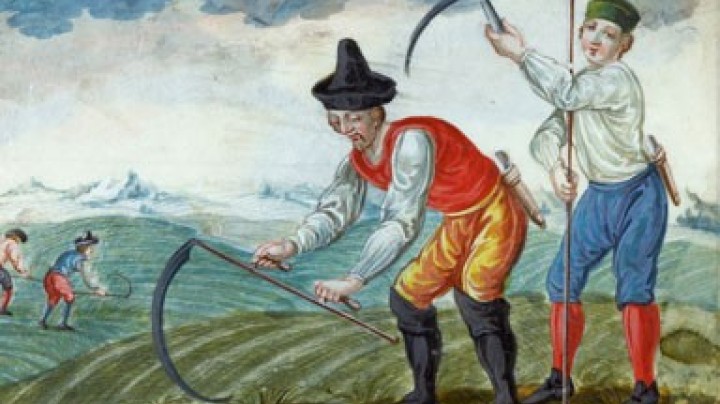Stately architecture – Johann Bernhard Fischer von Erlach
One of the most important architects of the Baroque era in Austria was Johann Bernhard Fischer von Erlach (1656–1723). At the behest of the Habsburgs he designed grandiose monuments of imperial splendour.
Having trained in Rome, Fischer initially worked as a sculptor and medal engraver. His first architectural works included a triumphal arch more than thirty metres high erected to mark the coronation as Roman King of the future Emperor Joseph I and commissioned by the Society of Foreign Merchants in Vienna. In the tradition of Roman triumphal arches, this structure was decorated with allegorical figures: enthroned upon a golden globe was the ruling couple, Leopold I and his consort, and in front of them surrounded by an aureole as the Sun King was their son Joseph. Two other triumphal arches were erected by the municipal authorities and the free merchants.
As architectural tutor to the future emperor Joseph I, Fischer received frequent commissions from the Court. Among these were a set of designs for the palace at Schönbrunn known as 'Schönbrunn I’, a complex so gigantic that it cannot have been conceived as anything but a utopian project. It was to be sited where today the Gloriette stands, above a mighty series of terraces, and to surpass even Versailles in size and splendour. At its centre there was to be a sculptural group representing Helios, the sun-god and a quadriga, yet another reference to Josef I as the ‘sun-emperor’.
Between 1701 and 1708, at a time when he had few commissions, Fischer, compiled a work entitled Historische Architektur which was lavishly illustrated with engravings of the most famous and important buildings from the entire history of architecture and featured Fischer’s own designs in the final volume. Besides detailed plans and elevations, the work also contained reproductions of older engravings as well as purely imaginary architecture, for example the Forum of Trajan.
Fischer’s last two monumental buildings, the Karlskirche and the Court Library, were imperial commissions, but both were to be completed after his death in 1723 by his son, Josef Emanuel. In the plague year of 1713, Charles VI had pledged to erect the Karlskirche (1716–1737) in homage to his patron saint, St Charles Borromeo. Originally a free-standing building within the Hofburg complex, the Court Library (1723-1726) with its magnificent oval Great Hall was an expression of the emperor’s patronage of intellectual life.


